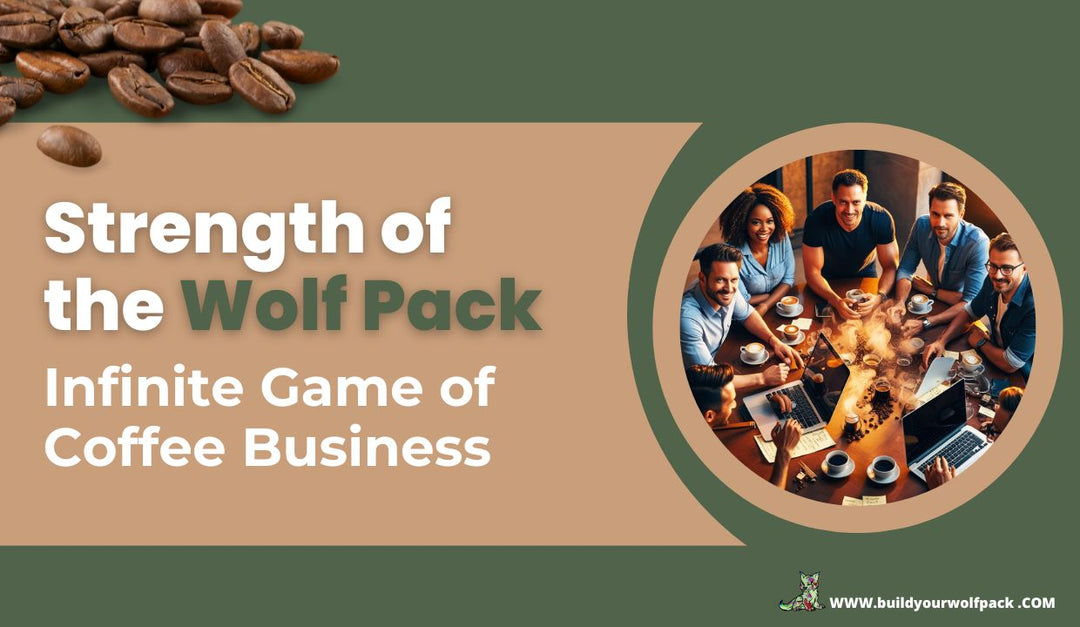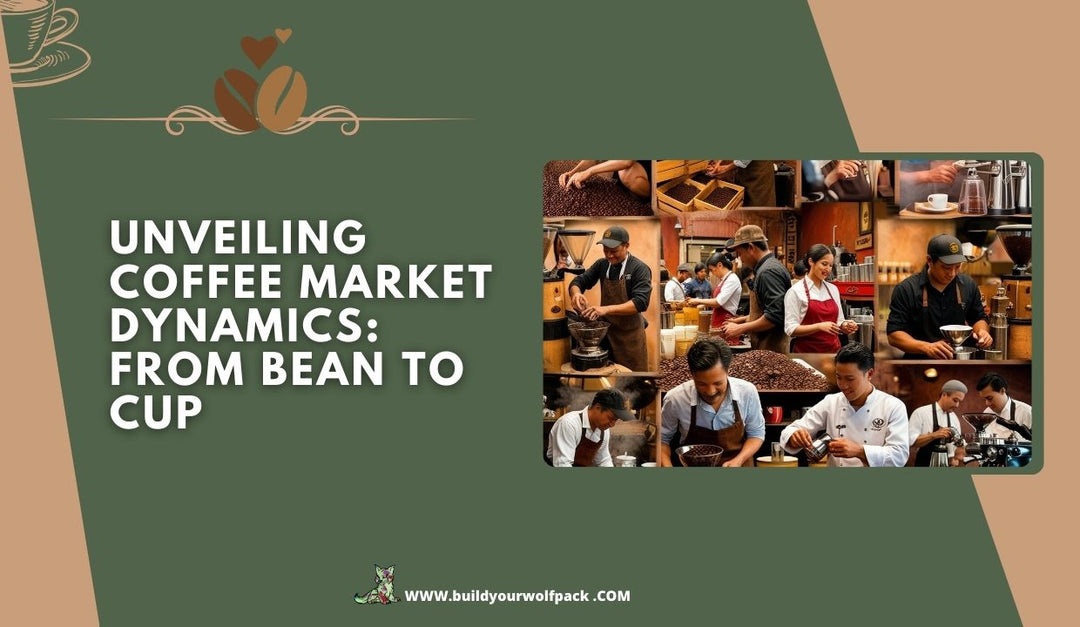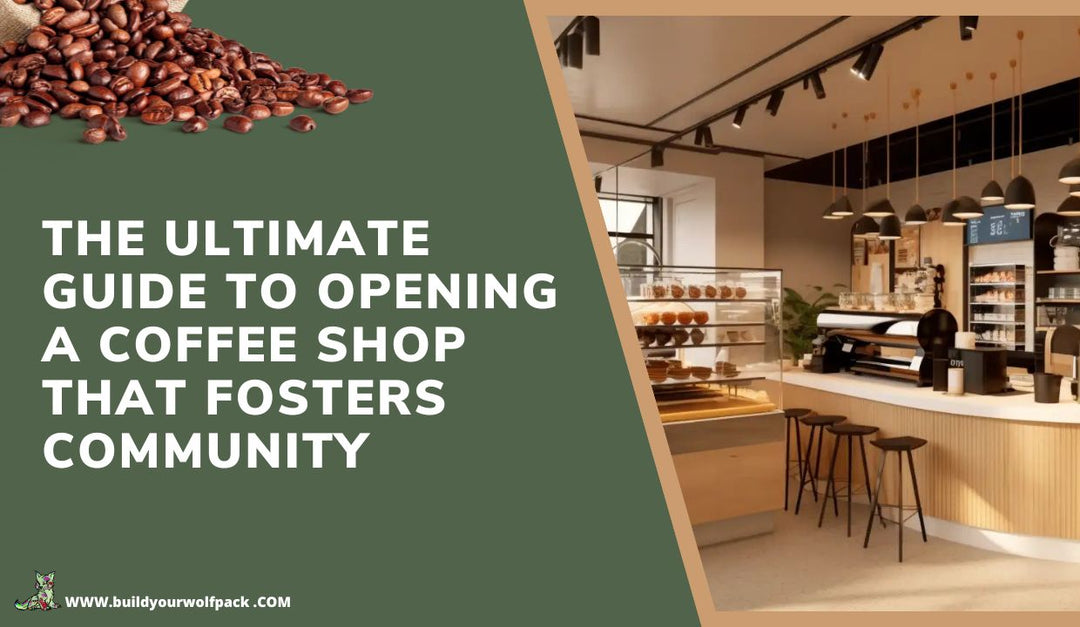Explore the World of Coffee: A Guide to Different Types of Coffee

The history of coffee from its discovery in Ethiopia to its current status as an essential beverage is one filled with passion and discovery. Originally found by Ethiopian shepherds observing the stimulating impacts of coffee beans on their livestock, it rose to the Arabian peninsula where coffee houses developed themselves into a social and political hub.
Nowadays there is a vast choice of coffee types and qualities starting from straight and powerful espresso and ending with a gentle cappuccino that conveys the significant cultural meaning for each country or region all over the world. Understanding the different types of coffee, we will bring different aspects and flavors to light. So welcome to the world of coffee and let’s start with your favorite mug in hand.
Why Different Types of Coffee?
The need for different types of coffee stems from the diversity of the world we live in today and the different tastes, preferences, and cultures that are inherent to societies.
Coffee is not merely a beverage but rather a sensation that is capable of satisfying diverse experiences and events. Also, specialty coffee provides cues of regional cultures and traditions within coffee-producing areas through the distinct tastes of the products. It not only adds enjoyment to coffee but also to the cultural aspect of it making every sip a trip to explore the world.
Different Types of Coffee Drinks
1. Espresso
Espresso, characterized by its intense and concentrated taste, is produced by passing hot water under pressure through finely ground coffee. It serves as a base in most coffee preparations and is usually offered in shots.
Here's a detailed look at what makes espresso unique:
-
Preparation: Espresso is made by passing hot water of 195-205 °F, or 90-96 °C, through finely ground coffee at high pressure.
-
Grind Size: Espresso coffee beans are ground finely, which means that they are ground to the size of table salt or slightly finer. The fine grind enables extraction in the short brewing time that the method provides.
-
Brewing Time: The espresso shot is prepared in approximately 25-30 seconds and contains a shot volume of about 1-2 fluid ounces (30-60 ml). The short extraction time reduces the coffee’s bitterness and acidity compared to brewing methods taking more time.
-
Flavor Profile: Espresso is a dark-roasted coffee with a bold taste which is usually full-bodied either with tastes of caramel, chocolate, or fruity flavors according to the beans used. It is characterized by a good blend of sweet, bitter, and sour tones.
-
Serving: Espresso is normally consumed in small cups called demitasse, which helps in maintaining its heat and taste. Espresso can be savored neat, in a single or a double shot, or as the foundation of other drinks, such as lattes, cappuccinos, and macchiatos.
- Caffeine Content: Espresso is a small coffee beverage but yields more caffeine per volume because of its concentrated form. The average Caféine content of an espresso shot, which is about one ounce, ranges around 63 mg depending on the type of bean and the method of brewing.
This knowledge will add value to the overall understanding and, thus, the enjoyment of espresso coffee, one of the most popular and favorite styles of coffee in the world.
2. Cold brew
Cold brew is a specific way of making coffee and it involves using cold water it takes longer as compared to others taking between 12 and 24 hours. This slow extraction process produces a potent coffee concentrate which is further diluted with water or milk for consumption.
Here's a detailed look at what makes Cold Brew unique:
-
Preparation: A typical ratio is one-to-four or one-to-five coffee to water, which means one part coffee and four or five parts water. This concentration offers a good coffee concentrate.
-
Grind Size: Cold brew coffee needs a coarse grind similar to that used for French press coffee. This assists in getting the right extraction due to the coarse grind.
-
Brewing Time: The cold brew technique involves steeping coffee in cold water for between 12-24 hours at room temperature or in the refrigerator.
-
Flavor Profile: Cold brew coffee does not have bitterness and has a low acidity, producing a chocolatey, nutty, or even floral taste.
-
Serving: Cold brewed concentrate is usually mixed with water, milk, or cream to get the right strength. It depends on personal preference and the desired level of flavoring strength or intensity in the solution.
- Caffeine Content: Cold brewed coffee is generally richer in taste and more potent than ordinary hot brewed coffee because the concentration of the brewed is typically higher. However, the actual caffeine content may differ with the proportion of coffee to water used and more so brewing time.
The cold brew coffee is completely different from the normal hot brewed coffee because of a different brewing process that gives it different flavors and intensities. It has the least acidity and hence it is very comfortable on the stomach also it can be served hot, cold, or icy making it preferred by many people who take coffee.
3. Latte
A latte is a shorter name for a caffè latte, which is an Italian term for milk coffee that involves the combination of espresso and heated milk and an additional layer of foam on top.
Here's a detailed look at what makes Latte unique:
-
Preparation: A latte is made from a shot or double shot with espresso that is produced under high pressure with the right coffee beans. This creates a creamy consistency in the beverage and it also sweetens the drink.
-
Grind Size: For making espresso in a latte, the coffee beans are ground finely.
-
Brewing Time: The time taken to pull a shot of espresso, which lays the foundation for a latte, typically takes about 25 to 30 seconds.
-
Flavor Profile: Lattes are sweet milk coffees that can be infused with syrups including vanilla, caramel, or hazelnut based on individual scale.
-
Serving: This drink is normally consumed hot, but there is some prepared cold like iced lattes especially in regions with relatively high temperatures.
- Caffeine Content: The amount of caffeine in a latte depends on the amount of espresso used, but on average, it contains 155 mg of caffeine. An average shot of espresso coffee may contain approximately 63 mg of caffeine.
A latte is a popular coffee that has a mild taste combined with milk and a frothy layer of foam on the top. Regardless of how it is consumed – black or with accents, hot or cold, lattes create an appealing image of coffee consumed by fanatics all around the world.
4. Cappuccino
Wanting a perfect mixture of intense espresso and sweet foaminess? One must mention cappuccino for its appearance and tasteful, unforgettable flavors of coffee excellence. Consider the glass covered with a creamy, soft layer of milk topping, sprinkled with the invigorating scent of espresso.
Here's a detailed look at what makes Cappuccino unique:
-
Brewing Time: Like most espresso-based beverages, cappuccino preparation requires about adequate time to brew, distinctively leaving it strong but not sufficiently long to make it oily.
-
Preparation: It's an art! A classic cappuccino consists of a shot of espresso topped with equal parts steamed milk and milk foam and poured in a manner that forms heart shapes on top.
-
Flavor: Savor the robust flavor of espresso perfectly balanced with creamy milk. It is the best of two worlds, the robust bitterness of coffee blended with the rich taste of cream.
-
Serving: It is hot and served in a ceramic mug and often taken with cocoa or cinnamon, thereby making drinking the beverage quite a slow affair.
-
Grind Size: In fact, the so-called secret lies in this unrelenting process of hard work. Cappuccino requires a fine espresso grind to get the right flavor; this makes it a true representation of the coffee beans.
- Caffeine Content: Get a motivating boost in energy while consuming a moderate level of caffeine. Cappuccino has less caffeine than an espresso shot, so if you do not need an extremely strong cup of wake-me-up in the morning, cappuccino is right for you.
5. Macchiato
For those people who enjoy coffee but wish to try something stronger than espresso with a touch of creamy flavor, the macchiato is what they are looking for. This Italian delight means marked or stained, this refers to the shot of espresso that is ‘stained’ with a spoonful of milk foam.
Unlike the latte, the macchiato is all about the punchy intensity of the espresso, diluted with just a spoonful of milky richness. This is the ideal snack for a speedy energy surge or a lovely snack in the afternoon.
Here's a detailed look at what makes Macchiato unique.
-
Brewing Time: Macchiato is an exquisite beverage, prepared quickly and masterfully. Espresso shot extraction takes only a few seconds and the aroma, strength, and intensity of the coffee is preserved right from the time it came out of the shot.
-
Preparation: It seems to boil down to moderation! Ideally, a Macchiato is made using one shot of Espresso, “spotted” with a small quantity of smooth milk froth or steamed milk.
-
Flavor: Wake up your taste buds to a blend of strong espresso and a slight undertone of milk sweetness. It has the most wonderful sensation of shifting from sweet to a little bitter kind of kick to refresh your taste buds.
-
Grind Size: Precision matters. Macchiato requires a highly recommended small-sized grind to enhance extraction of the espresso flavors coming out with a strong but rarely gritty taste.
-
Serving Style: Served in a petite cup, Macchiato remains simple yet so sophisticated in its approach. It is petite which makes you fully appreciate its rich aroma in just one full mouthful.
- Caffeine Content: What do you fancy if you need a cup of coffee fix? Macchiato puts up quite a dose of caffeine, best suited for people who enjoy strong coffee but do not want a huge cup.
Comparison Table
Here's a comparison table highlighting different types of coffee based on brewing time, preparation, flavor, grind size, and caffeine content:
|
Coffee Type |
Brewing Time |
Preparation |
Flavor |
Grind Size |
Caffeine Content |
|
Cappuccino |
Short |
Espresso + Steamed Milk |
Strong espresso with creamy, foamy milk |
Fine to medium |
Medium-high |
|
Latte |
Short |
Espresso + Steamed Milk |
Creamy, milky with espresso |
Fine to medium |
Medium |
|
Espresso |
Short |
Concentrated espresso shot |
Intense, bold, sometimes bitter |
Fine |
High |
|
Macchiato |
Short |
Espresso + Little Milk |
Bold espresso with a hint of milk |
Fine |
High |
|
Cold Brew |
Long |
Steeped in cold water for 12-24 hours |
Smooth, less acidic, often chocolatey |
Coarse |
Low |
For Information
- Brewing Time: Indicates the typical time required to prepare the coffee.
- Preparation: Briefly describe how the coffee is made.
- Flavor: General taste profile associated with each type of coffee.
- Grind Size: Refers to the ideal grind size of coffee beans for preparation.
- Caffeine Content: Relative amount of caffeine typically found in a serving.
Ending Lines
Continuing the discovery of the universe of coffee, we have considered five different kinds, which represent the variety and subtleties of the beloved drink. This knowledge not only helps in a better appreciation of coffee but also allows one to select and brew coffee best suited for our palate.
Whether you are all about that immediate energy kick-in Espresso shot or more of a sipping brew in Cold Brew kind of person, this blog has you covered, my friend. Stay healthy, and let’s celebrate the world of coffee in all of its varieties and unusual practices!




